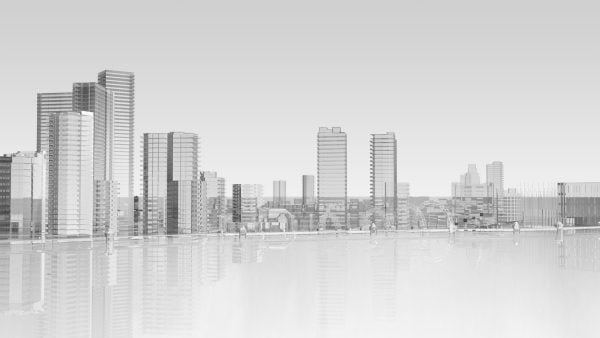Artwork Statement
Havana changes, contorts itself, breaks. New walls rise where there used to be Gardens; bars, museums or restaurants emerge each day. Impairment also gains space in a city that is playing an unequal game with time. To the walker, the glance never has the same perception. However, the malecón is still there, firm, unshakeable. The same it was yesterday or one-hundred years ago, at least in appearance, at least for the tourist’s glance. Because the malecón carries the stigma of the fetish, in place of which the image of a chimera is usually filled in. Thus, by means of what could be called a violent transformation of the reference into something artificial, the image becomes a prefabricated element, an ordinary currency. How easy to reconstruct are some of the variables where a smiling, racially mixed, good looking young woman, or a guitar-in-hand troubadour, also smiling and accompanied by a rum bottle, promise us the utopia of the insular experience with the Cuban flag floating in the background, next to the Morro lighthouse and some ship entering the bay! From outside, it would seem that there are no conflicts when plotting the course of the insularity, of the Cuban-ness. The superiority of that kind of idea over the object itself operates as an ideology of the representation that is impairing reality. So the image begins to operate as an authoritarian prologue of reality. Consequently, the enthusiasm of the anticipation ends by destroying the object. The force of Havana’s malecón as a fatally suggestive place, as a symbol, cannot be argued. But in the end, what does it symbolize? The fate of a majestic city made for night walks, as Lezama called it? The wishes and frustrations of the neighbors from Havana, who grant themselves a moment to sit on the wall and try to console themselves imagining how is life abroad, or the wishes of the tourist who tries to imagine what he will find inside? The damned or blessed circumstance of water all around? Of course, there is no satisfactory answer: the process of intellection of that space is an extremely bookish process. Rehearsing new forms of construction of the symbolical capital, this project discusses nothing but another artistic reality. Deliberately, it pretends to ignore the original, and thus refers to a coherence between a very extensive file of images that has invaded that zone of reality until displacing it. The purpose here is to emphasize not so much on the myth, but precisely on the process of mythification. It thus takes part in a mystifying practice, instrumented on the basis of the need to respond to an ideology.
For that reason, this vision of the malecón may coincide with the contemplation of a fish bowl, where the clear, direct vision, isolated in its uniqueness, accepts no misunderstandings; that is why the wall turns into letters, words, and renounces to be only a passive element that favors contemplation. The project adapts itself to the capacity of art of changing its own object, or better, it reproduces the paradox of an attempt of the figuration that intends to couple to its object, disfiguring it. It is thus how gradually a discovery is truly made.





